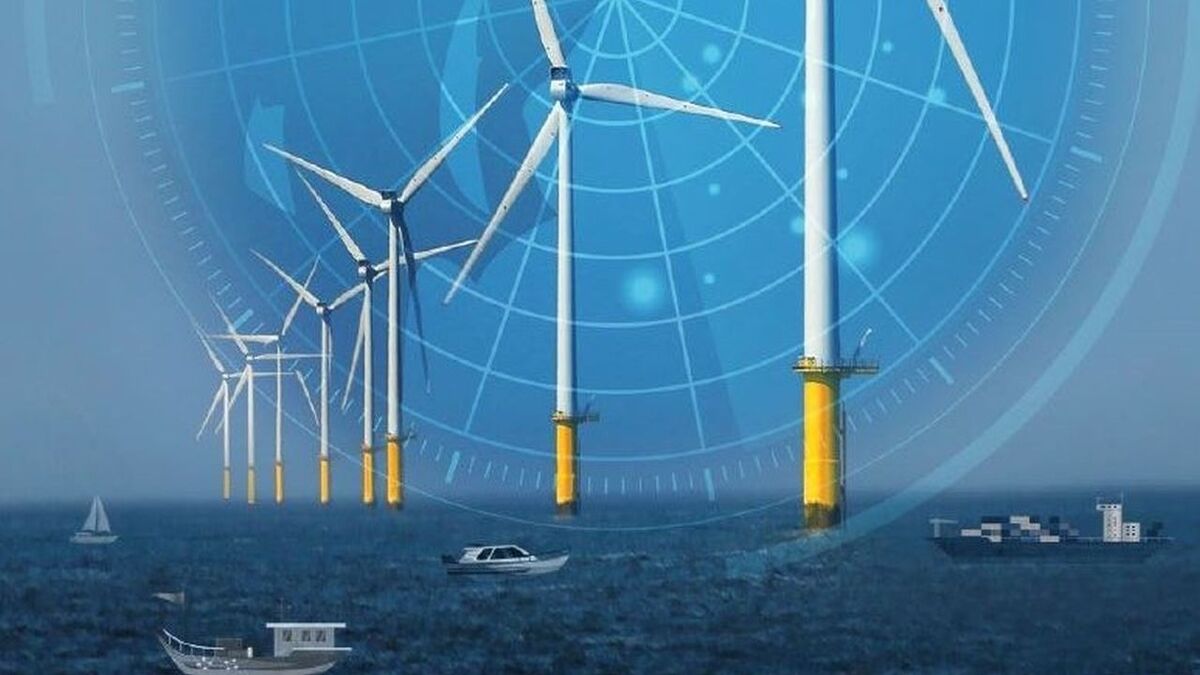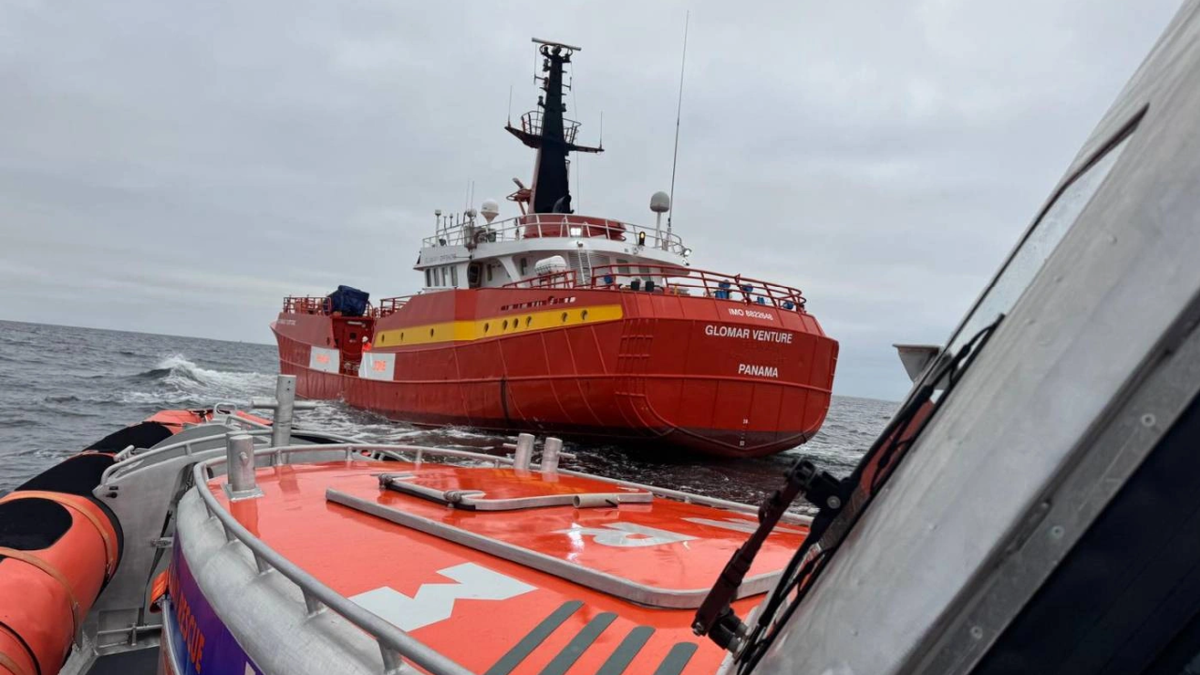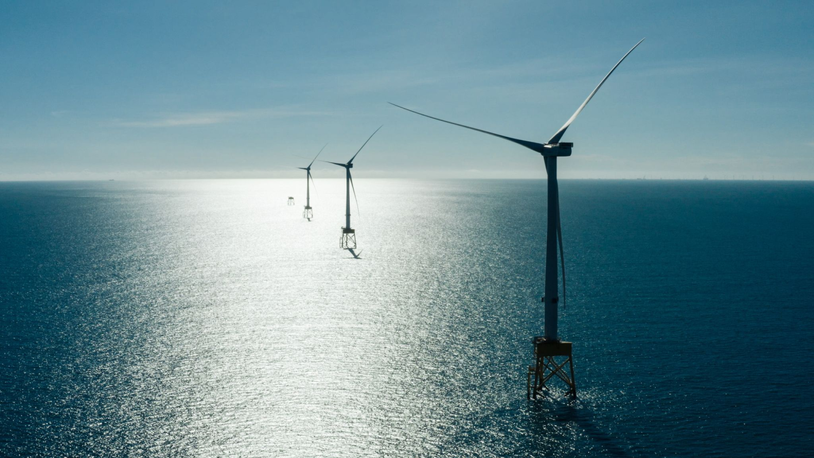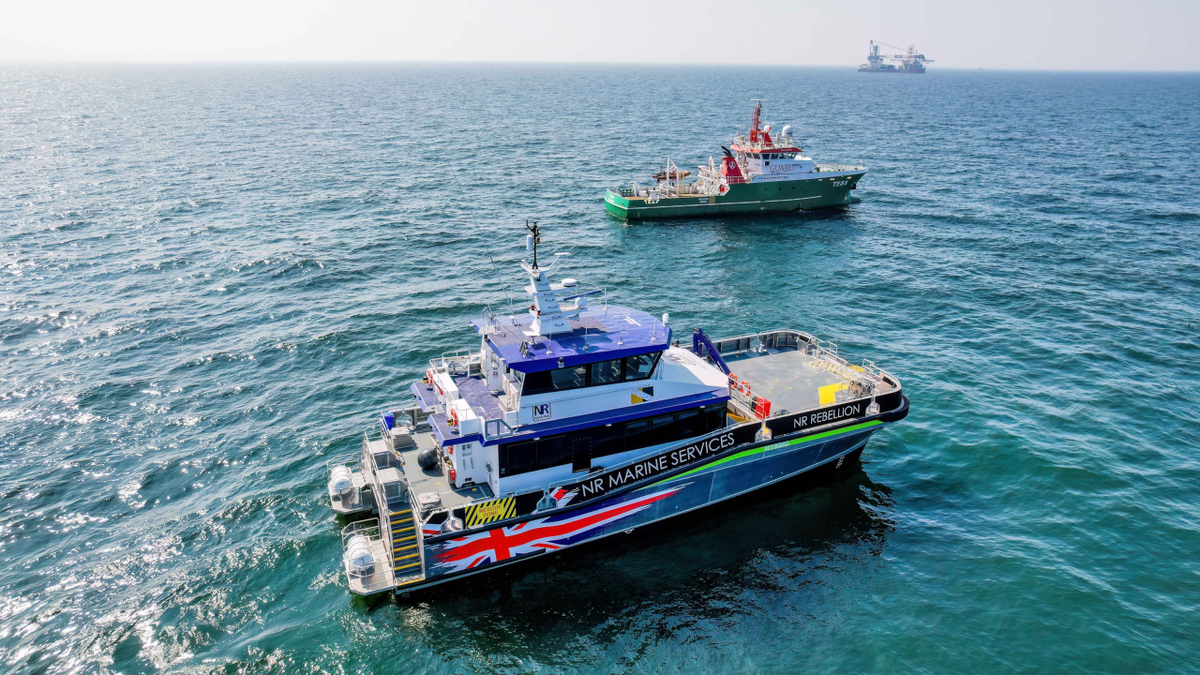Business Sectors
Events
Contents
Report recommends BOEM pursue options to mitigate windfarms’ effects on ship radar
Offshore windfarms could interfere with radar used by ships and smaller vessels, posing challenges for safe navigation, a report from the National Academies of Sciences, Engineering, and Medicine claims
In the report, ‘Wind Turbine Generator Impacts to Marine Vessel Radar,’ which is available from the National Academies Press (doi.org/10.17226/26430), the Academy said the maritime community “has expressed concern” that wind turbines could interfere with radar, complicating navigation for large vessels using shipping channels near offshore windfarms, and smaller vessels navigating through or adjacent to them.
The report, published in February 2022, recommends that the Bureau of Ocean Energy Management (BOEM) and other relevant agencies “pursue practicable options to mitigate the interference of windfarms,” such as enhanced training and using reference buoys, among other options. It said BOEM should also pursue further research to fill remaining gaps in understanding how offshore windfarms affect radar used for navigation.
The authors of the report said earlier studies that examined the question relied on data from European windfarms. They said turbines and windfarms located in or planned for the US OCS “are larger, wider, and laid out in different configurations” to those studied in Europe.
The report concludes that wind turbine generators have ‘significant’ electromagnetic reflectivity and can interfere with radar systems operating nearby. The rotating blades of a turbine also create reflections in Doppler radar systems.
“In particular, these forms of interference could obfuscate smaller vessels and stationary objects such as buoys on radar, complicating navigation decisions and increasing the risk of collision with larger vessels,” the authors of the report said.
“Maritime search and rescue teams also rely on radar to find smaller boats… and interference could therefore also complicate rescue operations near windfarms.”
The Academy noted that offshore wind development is poised to expand rapidly across the US OCS over the next decade, as part of a government-wide effort to develop more renewable sources of energy. Offshore wind energy planning and development has expanded along the US Atlantic Coast, and to areas in the Gulf of Mexico and Pacific Coast.
Related to this Story
Events
Maritime Environmental Protection Webinar Week
Cyber & Vessel Security Webinar Week
The illusion of safety: what we're getting wrong about crews, tech, and fatigue
Responsible Ship Recycling Forum 2025
© 2024 Riviera Maritime Media Ltd.













